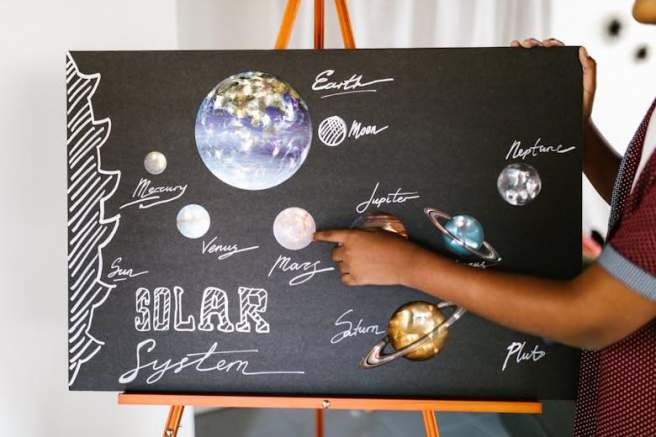Top 10 tips for an effective graphical abstract

A good graphical abstract is like a good recipe: what you leave out is just as important as what you leave in!
Agree?
Well, to simplify your planning, here are 10 tips that will help you plan and create effective graphical abstracts.
1. Complete Your Paper First
Develop the graphical abstract after you've completed your paper. This ensures you know the key message and results you want to visually communicate.
2. Identify Key Components
Choose the core elements from each section of your paper—your study objective, main methods, significant results, and conclusions. These should form the backbone of your graphical abstract.
3. Simplify, Don’t Overload
Avoid excessive detail. Focus on conveying the main idea with clarity; too much data or information can make the graphic confusing or crowded.
4. Use a Clear, Logical Layout
Organize information logically, such as following a flow from objectives to conclusions. Think of your graphical abstract as a mini-story that viewers can easily follow.
5. Choose Readable Fonts and Clear Labels
Use simple, large fonts that are easy to read even at smaller sizes. Label key parts of the graphic clearly, and avoid using excessive text within the graphic.
6. Select Appropriate Colors
Use colors to highlight important results and guide the viewer’s eye. Stick to a limited color palette to maintain a professional look, and ensure color choices are accessible (colorblind-friendly if possible).
7. Incorporate Visuals Relevant to Your Study
Use icons, diagrams, or images that reflect your study’s subject matter. For instance, use schematic diagrams for processes or simplified images of cells, molecules, or tools where applicable.
8. Highlight Main Results and Conclusions Visually
Represent your key findings visually with icons, charts, or other illustrations. Use arrows or labels to direct attention to important points, ensuring your audience grasps the main takeaway quickly.
9. Ensure Consistency with the Main Message
Your graphical abstract should align with the information in the text. Avoid introducing new information or ambiguities that might mislead or confuse readers.
10. Get Feedback and Refine
Ask a colleague unfamiliar with your research to review the graphical abstract. Ensure they can understand the study's purpose, methods, and key findings just by looking at it. It will also be helpful to make sure it aligns with your target journal's style and format guidelines for graphical abstracts.
Bonus Tip: Look for inspiration in the graphical abstracts of impactful papers in your field. You’ll often find that the most memorable ones present the core findings in a way that’s both scientifically accurate and visually engaging.
Comments
You're looking to give wings to your academic career and publication journey. We like that!
Why don't we give you complete access! Create a free account and get unlimited access to all resources & a vibrant researcher community.

Subscribe to Career Growth
Take a step toward advancing your career by learning more about getting funded, disseminating your research widely, and developing essential skills that will open new opportunities for you to succeed. Subscribe to receive curated content.













